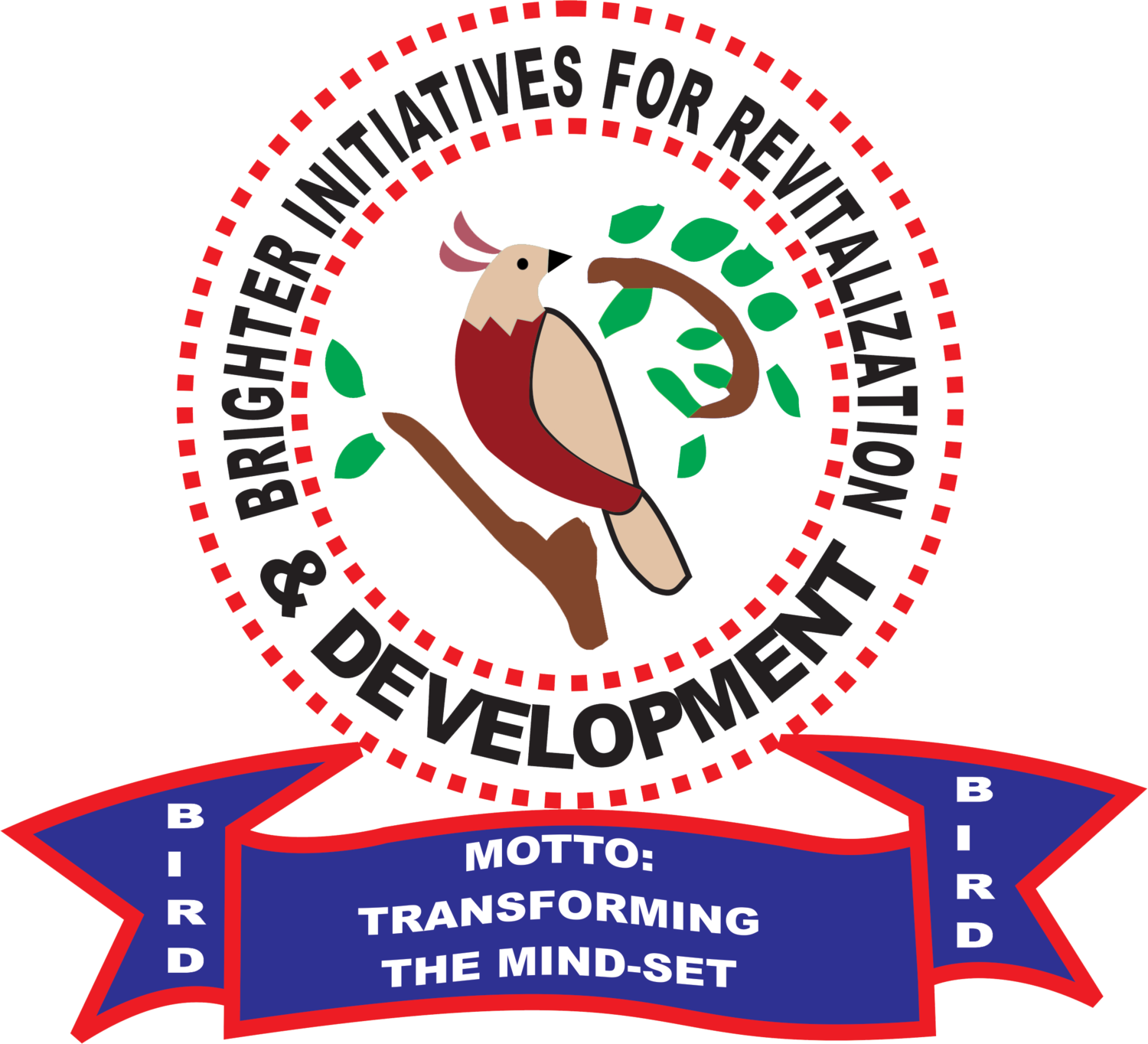INTRODUCTION/(THE FACTS SHEET)
Years of conflict and mismanagement have left Liberia one of the poorest countries in the world, with GDP per capita estimated at US$190. Poverty is pervasive, and is particularly acute in rural areas and the most remote corners of the country. Poverty has many dimensions, including low levels of income and consumption, poor nutrition and food security, low health and education indicators, and inadequate infrastructure. It is reinforced by inequities, especially in access to justice and economic opportunities according to Liberia Poverty Reduction Strategy, 2008.
Additionally, the Liberian Civil Conflict destroyed much of the country’s infrastructure, including the education and training sector. Most of its huge youthful population is unskilled and unemployed, and if at all, in the informal sector. In Liberia, youth is defined as a person between the ages of 15-35 years. Population growth rate is 2.5%. According to the United Nations population index, young people account for about 65% of Liberia’s population, and youth unemployment is estimated as high as 85% in the formal sector. Human resource development through supporting livelihood is therefore one of Liberia’s foremost challenge for continuing stability and sustainable economic growth. In supporting livelihood in poor communities, BIRD-Liberia focuses on the following areas that seek to transform lives across Liberia.
See details on how we plan to address these issues in our workplan
